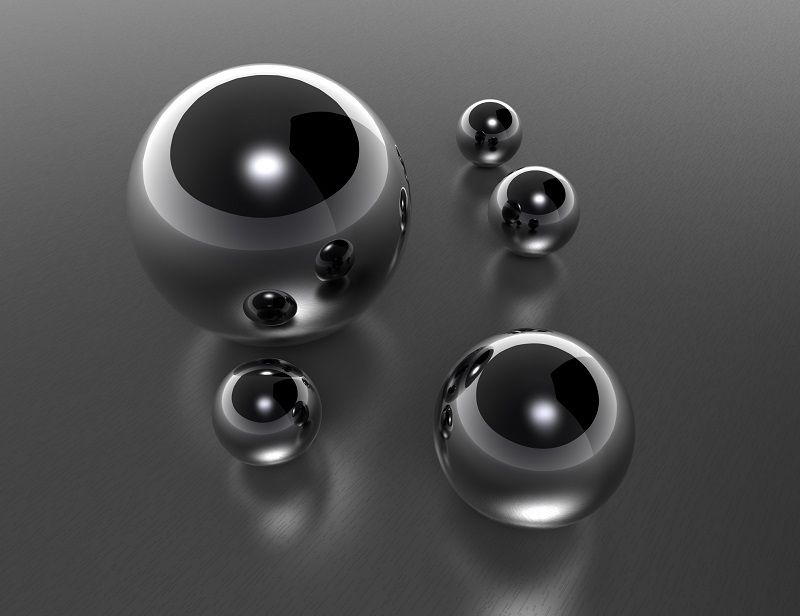Tsubaki Nakashima Silicon Nitride Balls Offer Advanced Characteristics for Many Applications
Sphere is a symbol of perfection.
For Tsubaki Nakashima, a global company well known today all over the world, the sphere is something more than a symbol: it represents the growth of its company, providing a core business and continuous research through the years to serve customers at its best.
Development
Back in 1913, in Ann Arbor, MI., Leander J. Hoover founded the Hoover Steel Ball Company. In 1990, Tsubaki Nakashima company of Japan acquired the US ball manufacturing company and is currently the biggest manufacturer and supplier of precision balls in the world. Its first markets were the growing automotive and precision bearing industries. More than a century later, the electric vehicles (EV) market is becoming more and more relevant, though the combustible auto industry continues to grow. Its market for high-quality precision products has extended to medical, aerospace, military defense, and critical applications. After the great age of steel, a new era opened wide spaces for more extreme materials which paved the way for ceramics.
Tsubaki Nakashima has nineteen locations globally, among which ceramic specialty division factories are located in the United States, Thailand and Japan. Setting “quality” as the watchword to obtain excellent products for customers, the company constantly improves its know-how and its production processes, updating standards and parameters annually, with strict attention to help ensure quality, starting from suppliers and raw materials.
Silicon Nitride Balls




